 https://sosny.com/wp-content/uploads/2025/08/Meeting-with-client-over-video-call.jpg
1250
2000
Abstrakt Marketing
/wp-content/uploads/2024/04/SOS-Logo-Color-New.png
Abstrakt Marketing2025-07-25 20:42:432025-08-21 20:29:00How VoIP Collaboration Enhances Communication Between Clients and Teams
https://sosny.com/wp-content/uploads/2025/08/Meeting-with-client-over-video-call.jpg
1250
2000
Abstrakt Marketing
/wp-content/uploads/2024/04/SOS-Logo-Color-New.png
Abstrakt Marketing2025-07-25 20:42:432025-08-21 20:29:00How VoIP Collaboration Enhances Communication Between Clients and TeamsWhy Architecture Firms Are Switching to VoIP
Architecture is a field that demands precision, collaboration, and seamless communication across multiple stakeholders, from in-house design teams to on-site contractors. With many projects growing increasingly complex and digital tools becoming the norm, it’s only natural that architecture firms are re-evaluating their communication platforms. Many are now switching to hosted VoIP phone systems, marking a departure from traditional phone systems.
Why Architecture Firms Are Moving Away From Traditional Phone Systems
Architecture firms have relied on landlines or PBX systems for years to connect with clients, contractors, and consultants. However, these traditional setups often fall short of meeting the demands of modern architectural work. A significant drawback lies in scalability. As firms grow or take on new projects, upgrading a traditional phone system can be prohibitively expensive and logistically cumbersome. Additionally, geographical expansion poses challenges—branch offices, remote employees, and traveling teams often struggle with tying into a single, centralized phone infrastructure.
Architecture firms juggle data-heavy tasks, like sharing design files or conducting real-time virtual consultations. Traditional systems rarely integrate well with digital tools and cloud services, leading to inefficiencies and bottlenecks. These factors collectively drive architecture firms toward more agile solutions, prompting them to switch to VoIP. The change is not simply about cost, but about adopting communication platforms that complement the industry’s evolving technological requirements.
Architecture Trends in Communication Technology
Modern architecture firms are increasingly taking a technology-first approach to communication. Below are some key trends shaping the field:
- Cloud Collaboration: Teams now rely heavily on cloud-based platforms for sharing architectural plans, 3D models, and design iterations.
- Remote Project Management: Architects often supervise multiple sites from a distance, utilizing video conferencing tools and mobile apps.
- Integrated Software Suites: CAD programs, project management tools, and customer relationship management (CRM) systems are often linked for seamless data exchange.
- Mobile Accessibility: Smartphones and tablets have become essential for on-site checks, real-time coordination, and quick decision-making.
- Unified Communications: Firms are unifying voice, video, and chat to keep teams aligned, even when spread across different locations or time zones.
With these technological shifts, traditional landlines struggle to keep pace, reinforcing the case for switching to VoIP.
Understanding Architecture Firms’ Switch to VoIP
Voice over Internet Protocol (VoIP) is a technology that routes phone calls through internet connections instead of conventional telephone lines. VoIP provides a faster, more flexible form of communication by converting audio signals into digital data packets. For architecture firms that need to coordinate with contractors, consultants, and clients spread across diverse regions, the ease of connecting via the internet is a major draw.
When architecture firms begin switching to VoIP, they aim to align their communication strategy with the digital tools they use daily. The nature of their work—sharing large files, managing complex schedules, and ensuring rapid decision-making—relies on technology that isn’t limited by the constraints of physical phone lines. As projects grow larger and more sophisticated, architecture firms need systems that can keep pace without requiring frequent hardware overhauls.
The Advantages of VoIP Phone Services for Architecture Firms
As more architecture firms recognize the limitations of traditional phone lines, many are switching to VoIP solutions to meet modern professional demands. Let’s explore some of the critical benefits that make VoIP an attractive option for architectural businesses looking to optimize their communication channels.
Scalability and Flexibility
Architecture firms often ramp up or scale down their workforce depending on project load. With traditional phone systems, adding or removing extensions can be both costly and time-consuming. On the other hand, VoIP makes it simple to provision new lines or deactivate existing ones at the click of a button.
This adaptability extends to remote work setups. Architects and draftspeople can take calls from anywhere with an internet connection, ensuring that crucial updates and decisions aren’t delayed. This flexibility allows firms to respond swiftly to project demands without incurring extensive overhead costs each time the team expands or contracts.
Cost Savings
Switching to VoIP can result in substantial cost benefits for architecture firms. Traditional phone systems often involve expensive hardware, ongoing maintenance fees, and per-line costs that can quickly add up. VoIP services, however, are generally hosted in the cloud and billed on a subscription basis. Monthly fees often include unlimited nationwide or international calling packages, drastically reducing unpredictable phone bills.
Many providers bundle advanced features—like voicemail-to-email or call forwarding—at little or no extra charge, allowing firms to take advantage of a robust communication toolset without breaking the bank.
Enhanced Mobility
On-site visits are an integral part of architectural work. Whether an architect travels to a construction site, meets with clients, or inspects properties, consistent phone service access is vital. VoIP systems typically offer mobile and desktop applications that allow users to make and receive calls as if they were at their office desks.
When architecture teams rely heavily on fieldwork, these mobile capabilities ensure that communication lines remain open and uninterrupted. Team members can coordinate changes in real time, check in with suppliers, or verify last-minute design modifications without missing a beat.
Integration With Digital Tools
Architecture projects involve highly specialized software, like Computer-Aided Design (CAD) and Building Information Modeling (BIM). VoIP solutions can integrate with project management platforms, CRM systems, and even shared cloud drives. Integrations allow team members to instantly pull up a client’s file when receiving a call or seamlessly schedule follow-ups based on the conversation.
This level of synergy saves time, prevents manual data entry errors, and keeps everyone in the loop. For example, a call from a contractor might automatically log into your project management tool, attaching call notes or files to the relevant project record.
Unified Communications Environment
Architecture firms handle multiple channels—voice calls, video conferencing, instant messaging, and collaborative whiteboard sessions—to facilitate complex design discussions. VoIP services are often a cornerstone of unified communications strategies, bundling different mediums under one unified interface.
This streamlines interactions so that employees spend less time switching between apps and more time focusing on design and client requirements. By centralizing communications, architecture firms can access calls, voicemails, and messaging histories in one place, making it easier to track decisions and maintain robust records of every interaction.
Improved Client Engagement
Architecture is a client-focused industry where building strong relationships is just as important as drafting impeccable designs. VoIP’s advanced call routing and interactive voice response (IVR) features let clients reach the right people at the right time, regardless of location. Automated attendants can guide callers to specific teams—like structural design or interior planning—ensuring that inquiries are resolved efficiently.
This level of responsiveness and personalization can boost a firm’s reputation for professionalism and customer care, encouraging repeat business and referrals.
Future-Proof Infrastructure
Architectural practices might adopt new technologies like virtual reality walkthroughs or augmented reality site inspections as they evolve. VoIP services are inherently flexible, allowing for quick adaptation to emerging communication trends. System updates and new features are usually rolled out by service providers at no additional cost, ensuring that architecture firms always have the latest tools at their disposal.
This future-proof model contrasts sharply with traditional PBX systems, which often require costly hardware replacements and lengthy installation processes for even minor upgrades. By switching to VoIP, architecture firms stay ahead of the tech curve, ensuring their communication capabilities evolve alongside the rest of their workflow.
Discover the benefits of VoIP integration for businesses and how it can streamline the communication capabilities of your architecture firm.
Ensure a Seamless Switch to VoIP Solutions With Superior Office Solutions
Upgrading your architectural firm’s phone infrastructure can enhance mobility, reduce costs, and integrate seamlessly with advanced software tools. Superior Office Solutions offers comprehensive support throughout the transition process, ensuring minimal disruption to ongoing projects. Whether you’re a boutique architectural studio or a large-scale firm, you’ll benefit from an agile, future-proof communication system designed to help you thrive. Contact Superior Office Solutions today and discover how effortless and rewarding switching to VoIP can be for your architecture practice.











